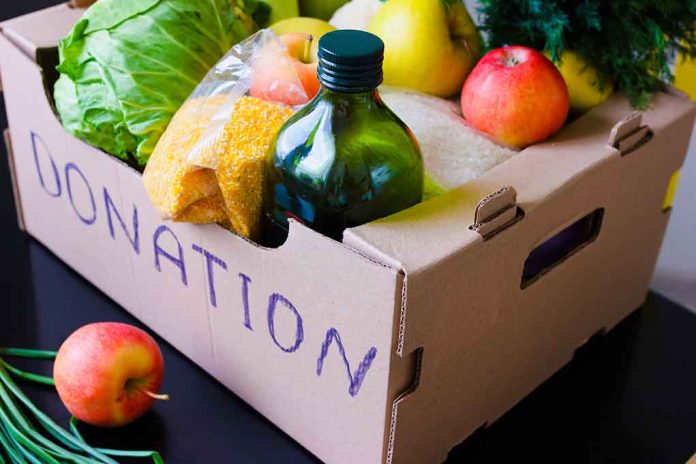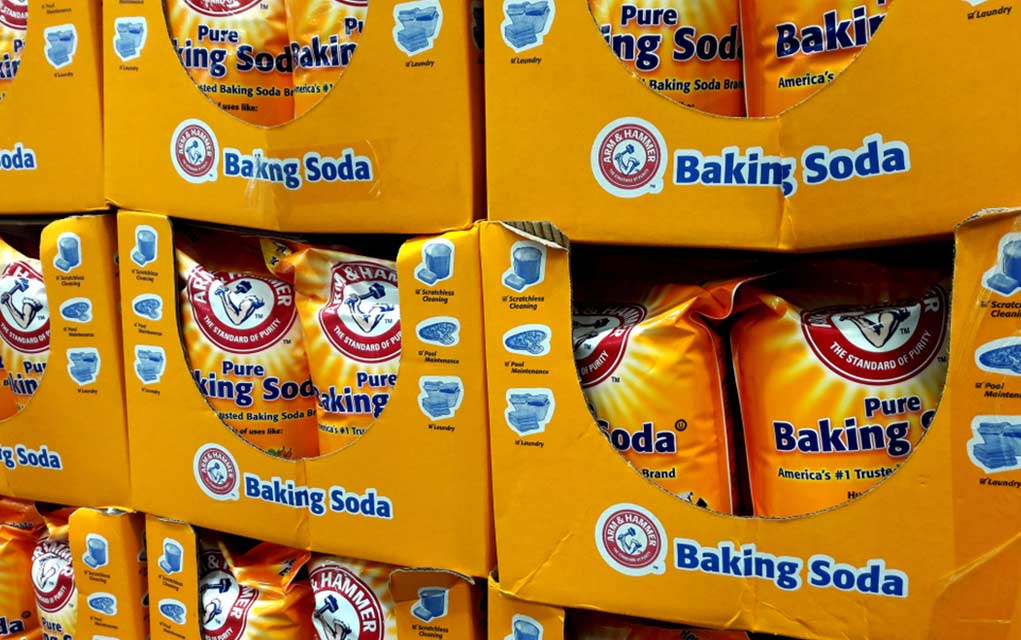(ModernSurvival.org) – Maintaining a healthy diet on a tight budget isn’t easy. Quality meats, fresh fruits, vegetables, and protein staples often come with a high price tag and may not even be available in some low-income areas.
To help those who might be unable to obtain nutritious food otherwise, the federal government offers The Emergency Food Assistance Program (TEFAP). TEFAP provides quality food to low-income families at no cost.
How TEFAP Works
The U.S. Department of Agriculture purchases the food provided by TEFAP from American producers. The program then distributes the food to individual states based on the number of individuals below the poverty line and unemployment rates in each state. States then pass the foodstuffs on to local agencies that support low-income food programs. These often include food pantries and community kitchens that offer free meals.
The government provides funding to these agencies for storage, transportation, and administration fees in addition to food supplies.
Each year congress approves the TEFAP’s annual budget to support the program, but it also authorizes a program designed to assist producers by purchasing extra food. These extras are then given to TEFAP for distribution to the states.
States provide food from the TEFAP program to local agencies who then redistribute it to those in need, not just food pantries. These include monthly drive-through food assistance programs, backpack programs, etc. Food pantries often distribute TEFAP food in boxes every month.
What Food is Included in TEFAP Packages?
The USDA provides food based on availability depending on the time of year and state preference.
TEFAP packages usually include non-perishable foods like dried, frozen, or canned fruits and vegetables, and whole or enriched grain products such as pasta, cereal, and rice. These packages also include perishable items often hard to afford or find in neighborhood marketplaces. Such foods include fresh vegetables and fruits, meat, eggs, poultry, and dairy products like milk and cheese.
In addition to the food, TEFAP packages also contain recipes recipients can use to prepare healthy meals.
Who is Eligible for TEFAP Packages?
The federal government provides the TEFAP package program, meaning eligibility is determined based on household income. Each state has its own requirements, so the income levels will vary based on the applicant’s location and household size. To find information on the program in your state, visit the USDA website.
Generally, those who qualify for SNAP or free school lunches are also eligible for TEFAP assistance.
Programs that provide free meals to those in need must prove they serve low-income families to obtain TEFAP aid. Those participating in these meal programs do not have to provide proof of income.
Other Food Assistance Programs to Consider
The Food and Nutrition Service branch of the USDA offers other assistance programs that low-income families may qualify for. Here are some to consider:
- Supplemental Nutrition Assistance Program (SNAP): Participants receive an EBT card with a monthly allowance for groceries.
- Commodity Supplemental Food Program (CSFP): This program provides supplemental food assistance to those who are 60 or above.
- National School Lunch Program (NSLP): Provides qualifying students with free or reduced lunch and breakfast.
- Special Supplemental Nutrition Program for Women, Infants, and Children (WIC): WIC provides supplemental food to expectant mothers, their newborn children, and infants.
- Food Distribution Program on Indian Reservations (FCPIR): This program provides assistance to Native Americans.
Copyright 2023, ModernSurvival.org













